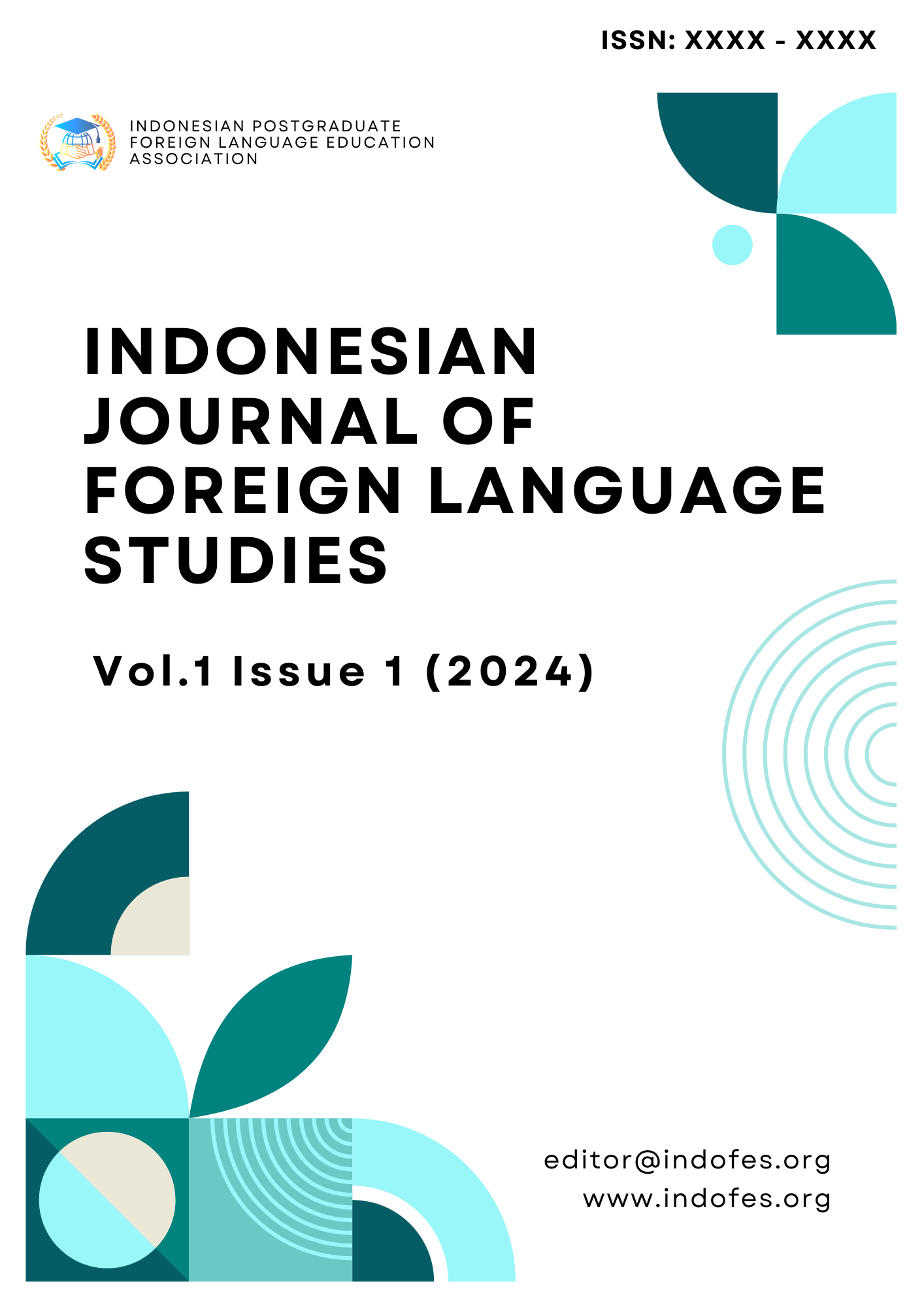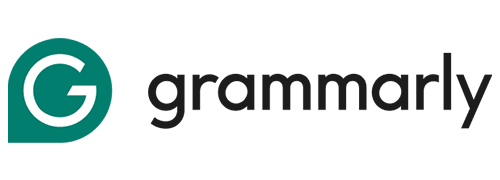Exploring The Application of Generative Artificial Intelligence (Gen-AI) at EFL Primary Class in Kuta District
Keywords:
EFL primary class, generative AI, teachers' perspectiveAbstract
Generative Artificial Intelligence is a human made system which involves a computerize system, information and database. Generative AI can be in form of machine learning or other tools that able to create authentic text, audio, code, images, simulation and video content. The use of generative AI (genAI) in language learning is increasing during or post pandemic of Covid-19. Especially in EFL primary learners, generative AI becoming a new trend that help teachers and students more active in learning. This study is aimed to find out what type of generative AI used by the EFL primary teachers and what are their perspectives on the generative AI. Through the survey and interview on 40 English primary teachers in Kuta, it is found that 9 teachers were using generative AI such as text content creation, image creation and sound creation in their English class. The 31 teachers did not apply the generative AI in their class; they are more familiar with Microsoft office and Canva. Regarding to the teachers' perspective is showed 75% of the teachers have a good believe on generative AI is helpful and make the class more interactive.
References
Adi, S. and Lutfiyani, K.U. (2023). Penggunaan Chat GPT untuk Pendidikan di Era Education 4.0: Usulan Inovasi Meningkatkan Inovasi Menulis. Jurnal Petisi. Vol (4) No (1), pp 49- 58
Baidoo-Anu, David and Ansah, Leticia Owusu. (2023). Education in the Era of Generative Artificial Intelligence (AI): Understanding the Potential Benefits of ChatGPT in Promoting Teaching and Learning. SSRN Electronic Journal Ansah. Vol (7) No (1), pp 52-62
Dai, Y. et.al. (2023). Reconceptualizing ChatGPT and Generative AI as Student-Driven innovation in Higher Education
Deakin University. (2022). Types of Generative AI. from https://deakin.libguides.com/generative-AI/types
Epstein, Z., Hertzmann, A., Herman, L., Mahari, R., Frank, M., Groh, M., Schroeder, H., Smith, A., Akten, M., Fjeld, J., Farid, H., Leach, N., Pentland, A., & Russakovsky, O. (2023). Art and the science of generative AI. Science, 380, 1110 - 1111. https://doi.org/10.1126/science.adh4451.
Galaczi, Elevina. (2023). English Language Education in The Era of Generative AI: Our Perspective. England: Cambridge University Press
Jannah, L.K. (2020). Kepemimpinan Kepala Sekolah dalam Menghadapi Revolusi Industri 4.0: Perspektif Manajemen Pendidikan. Islamika. Vol (1) No (1), pp129-139 Kementerian Pendidikan dan Kebudayaan. 2023. Data Sekolah Kecamatan Kuta. from https://dapo.kemdikbud.go.id/sp/3/220402
Liliana, Y.D. et.al. (2023). Kajian Pemanfaatan Teknologi Artificial Intelligence Generatif dalam Aktivitas Akademik di Politeknik Negeri Jakarta. Seminar Nasional Inovasi Vokasi. Vol (2) no (1), pp 523-533.
Tang, J., & Foley, J. (2022). A Case Study on the Effectiveness of Applying Content and Language Integrated Learning in an Artificial Intelligence English Reading Course. Arab World English Journal, 13(3), 236–253. https://doi.org/10.24093/awej/vol13no3.15
Tangerman, V. (2023). College Students Caught Submitting Paper for uisng ChatGPT. from https://futurism.com/college-students-caught-submitting-paper-for-using-chatgpt. Tuhuteru, L, et.al.2023. Pendidikan Dan Tantangan Pemebelajaran Berbasis Teknologi Digital Dan Informasi di Indonesia Pada Era Disruptif.
Windiarti, S.I, et.al. (2023). Melangkah Maju Dengan Teknologi Generative AI: Peningkatan Kompetensi Kepala Sekolah SMP di Palangakaraya. PRATA. Vol (1) no (4) pp 48-52 Yang, W. (2022). Artificial Intelligence education for young children: Why, what, and how in curriculum design and implementation. Computers and Education: Artificial Intelligence, 3, 100061. https://doi.org/10.1016/j.caeai.2022.100061
Downloads
Published
How to Cite
Issue
Section
License
You are free to:
- Share — copy and redistribute the material in any medium or format for any purpose, even commercially.
- Adapt — remix, transform, and build upon the material for any purpose, even commercially.
- The licensor cannot revoke these freedoms as long as you follow the license terms.
Under the following terms:
- Attribution — You must give appropriate credit , provide a link to the license, and indicate if changes were made . You may do so in any reasonable manner, but not in any way that suggests the licensor endorses you or your use.
- ShareAlike — If you remix, transform, or build upon the material, you must distribute your contributions under the same license as the original.
- No additional restrictions — You may not apply legal terms or technological measures that legally restrict others from doing anything the license permits.
Notices:
You do not have to comply with the license for elements of the material in the public domain or where your use is permitted by an applicable exception or limitation .
No warranties are given. The license may not give you all of the permissions necessary for your intended use. For example, other rights such as publicity, privacy, or moral rights may limit how you use the material.








